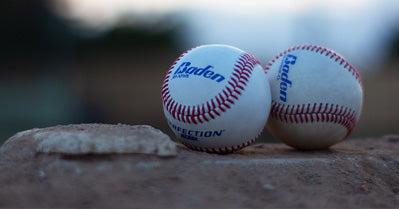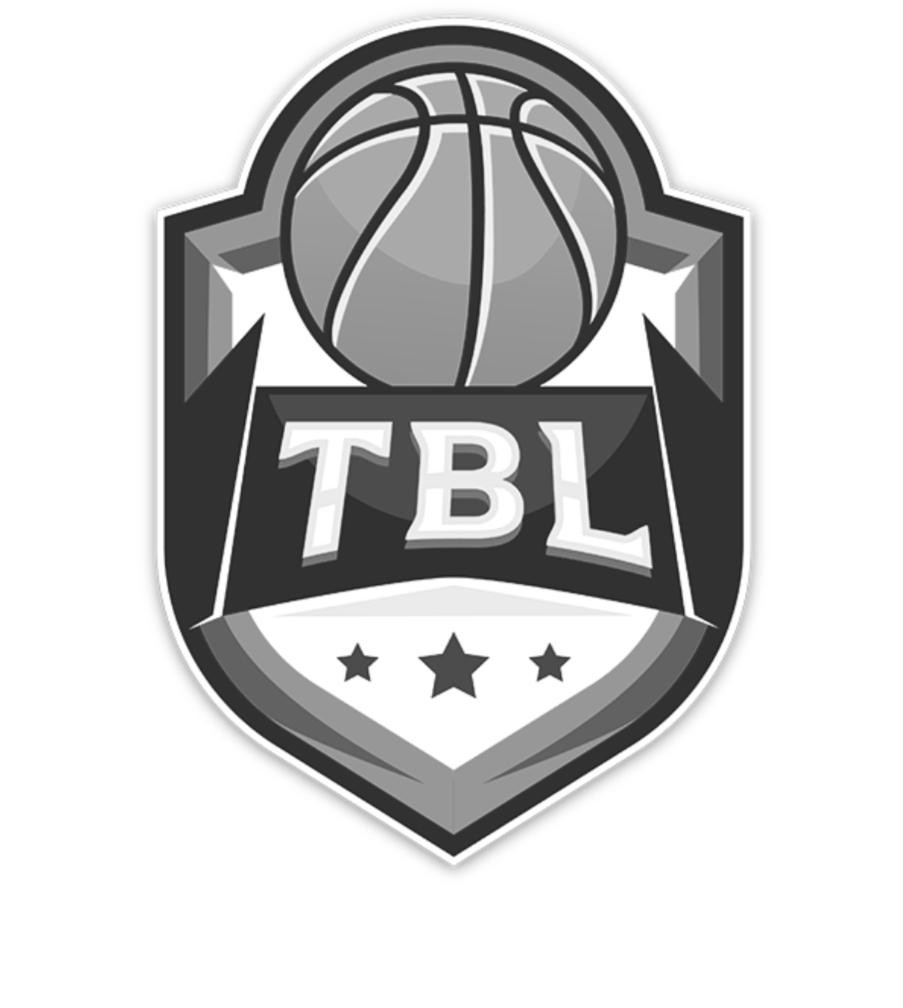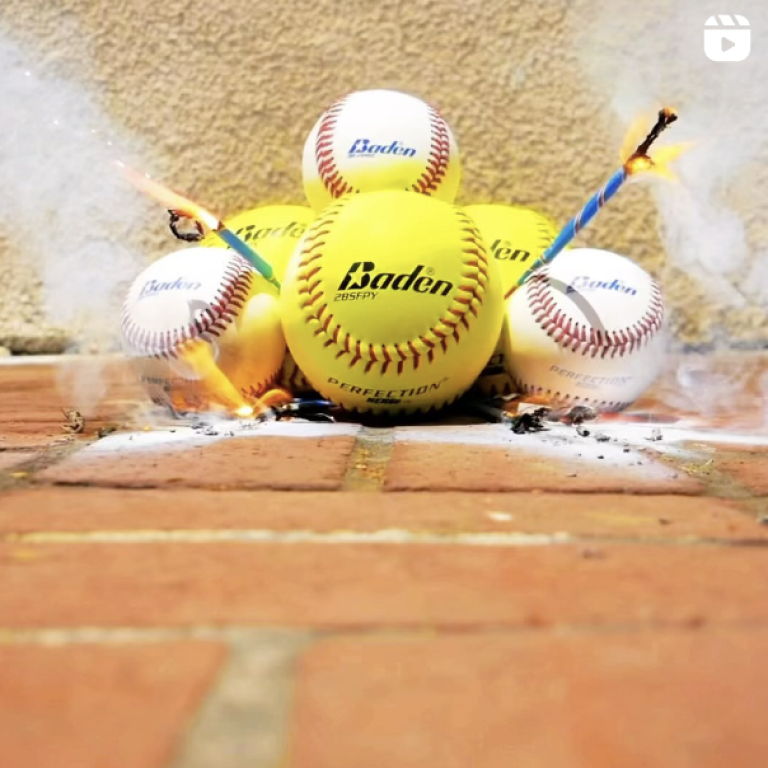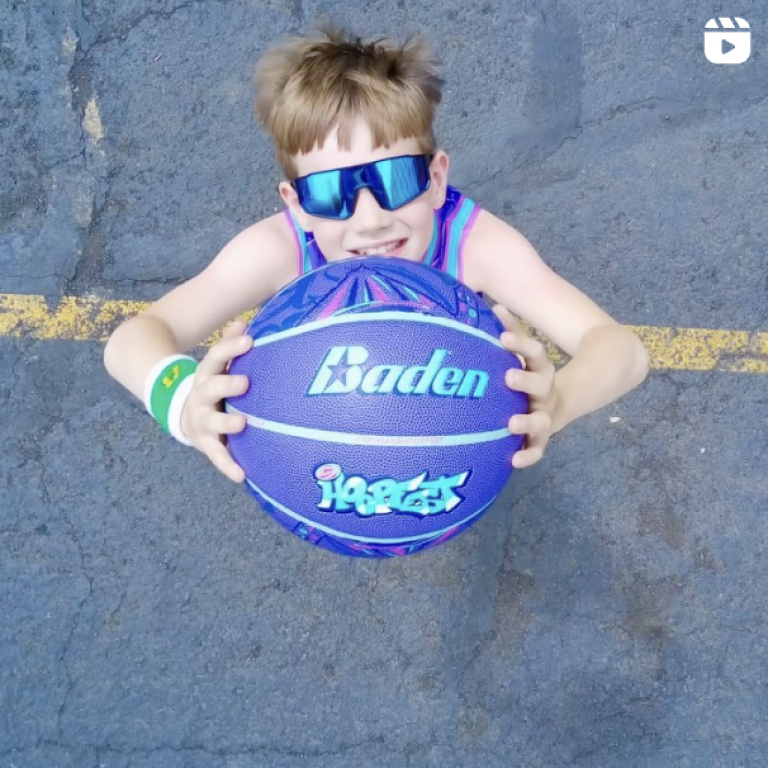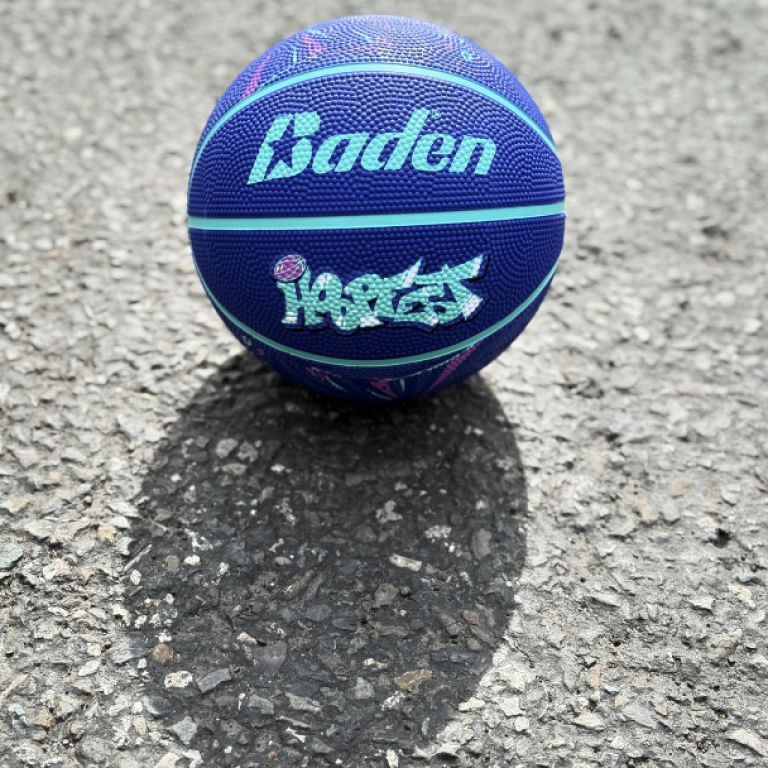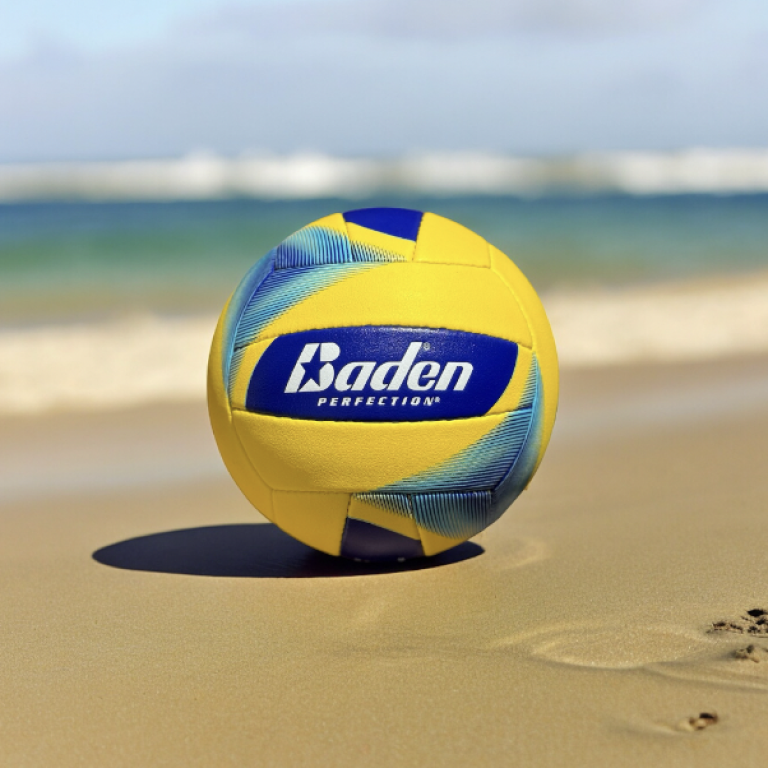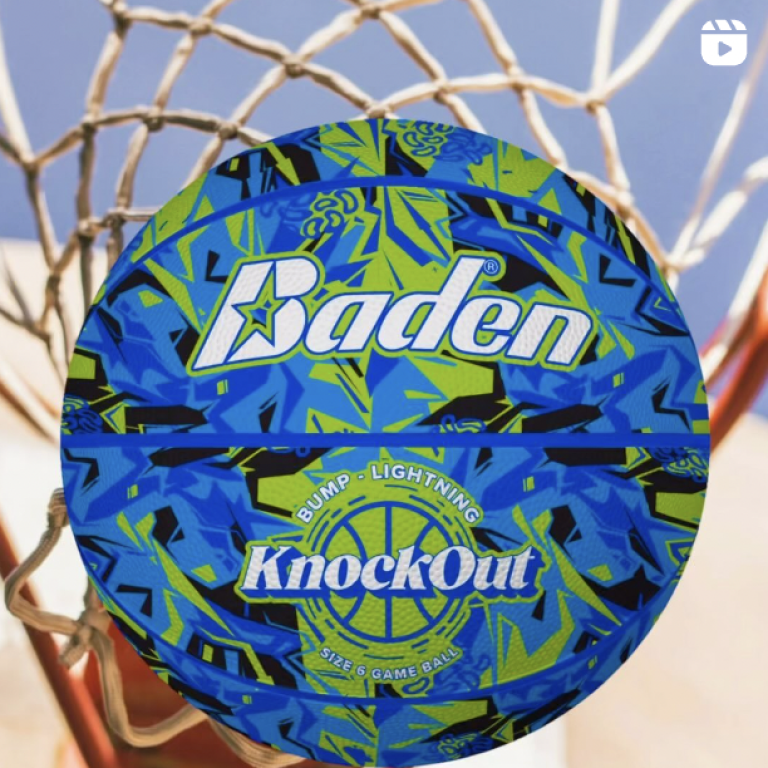Do you ever look at an object and think, “what is inside?” Despite its round shape and uncomplicated appearance, the baseball is much more than a ball. At Baden we see it as a piece of art.
Composed of several layers and a cover material, what is inside the baseball is much more complex than one would think.
It all starts with a “pill”. Not the type you take before bed or in the morning but rather a small core, roughly the shape of a cherry pit. Today two “types” of pills are used. Cork and rubber or cushioned cork. The “pill” is the foundation that the rest of the ball is built around.
Using high tension and multiple materials, the interior of the ball is tightly wound in wool, and or, polyester or cotton yarn, which is then covered by genuine leather, split grain leather or synthetic before being stitched by classic red threads that can be “raised” or “flat”.


Unlike other balls that you inflate, inside every baseball there is something different. Safety Tee-Balls are designed to be soft and lighter than most baseballs. They are softer for safety reasons and are often made of man-made synthetic materials that pair well with small lightweight bats. After graduating from tee ball, the next step is youth baseball. Youth balls often have a cushioned cork center and are wound less tightly than balls designed for adult play. In high school and college the balls are very similar to what’s used in the professionals but have slightly less compression. Finally, pro balls use the highest quality leather and wound with 100% white wool, the “densest” material used for winding baseballs, resulting in a very high compression “lively” ball.
Finally, once the balls have been produced, they must be tested. Size and weight requirements must be met by each organization using the ball. Additionally, each ball must meet all “liveliness” standards measured in C.O.R.. What does this mean? A baseball’s liveliness is known as the C.O.R. or coefficient of restitution, which is the ratio of its relative speed before and after being hit by a bat. This is tested using air cannons and multiple types of bats.
After the balls have been tested, often they are given a “stamp” of approval. These are focused on making equipment safer and pass the requirements of the National Operating Committee on Standards for Athletic Equipment (NOCSAE) and National Federation of State High School Associations (NFHS). Youth baseball associations like Little League Baseball have their own specific guidelines as well.

Now, the next time you are playing catch, be aware that you are throwing more than just a ball. It is a piece of art. Art that provides individuals with opportunities and brings communities together. Play ball!



